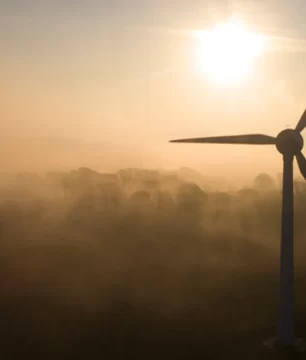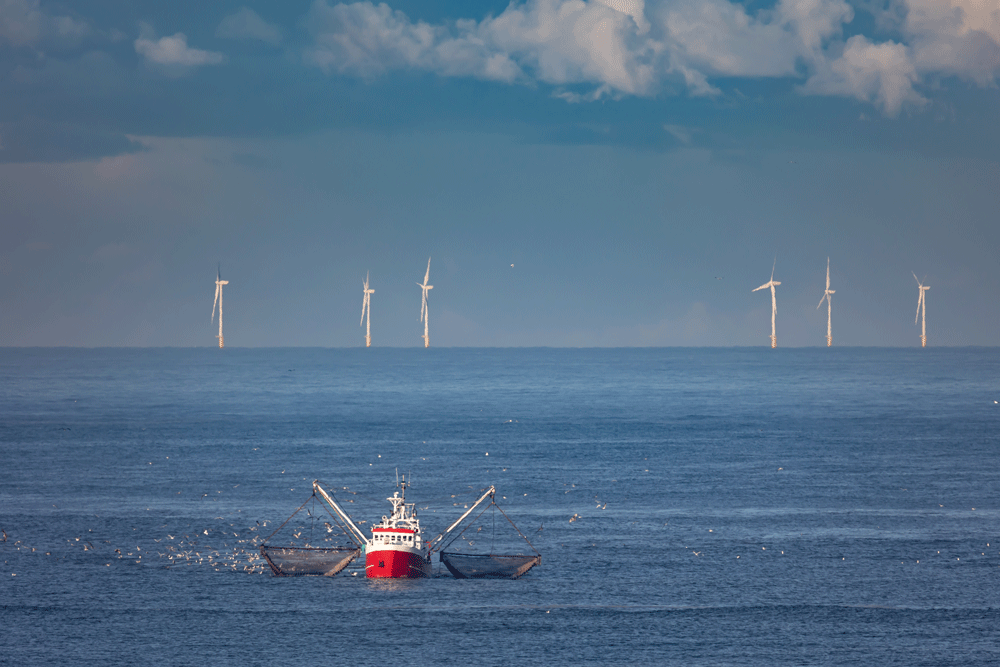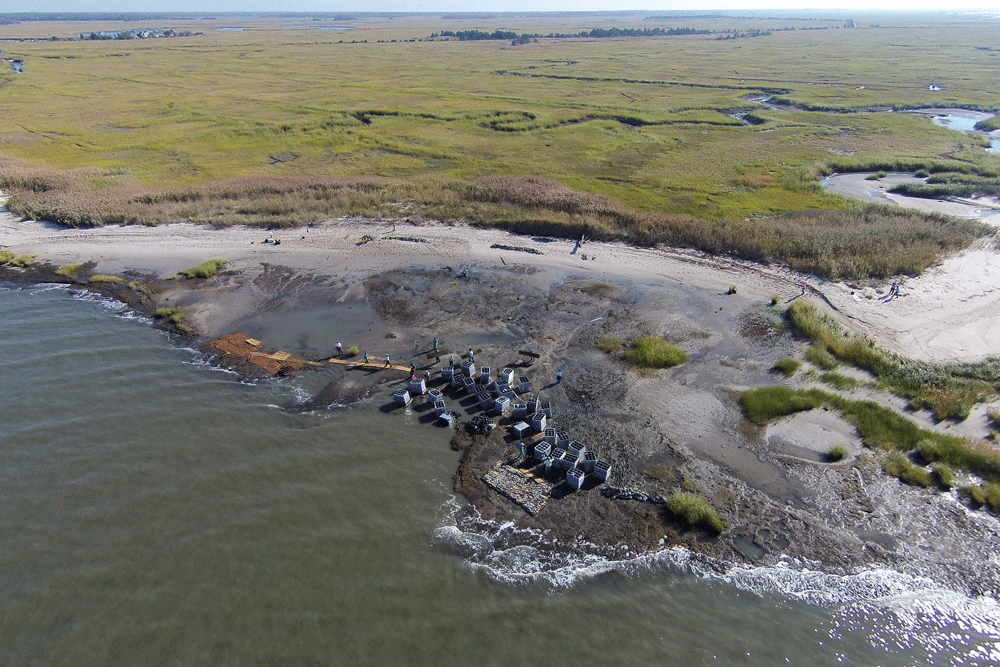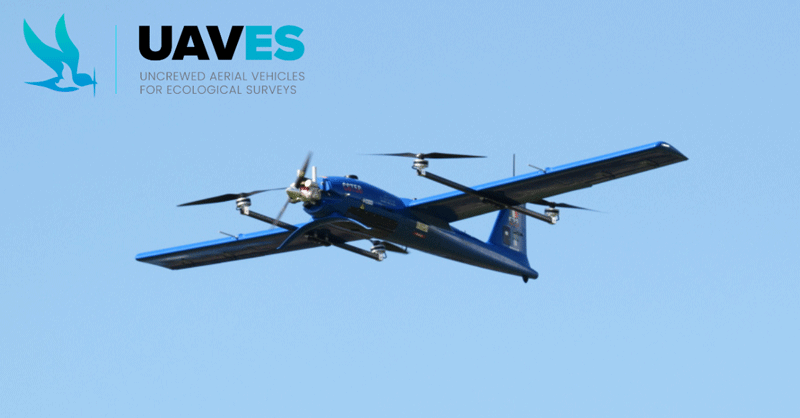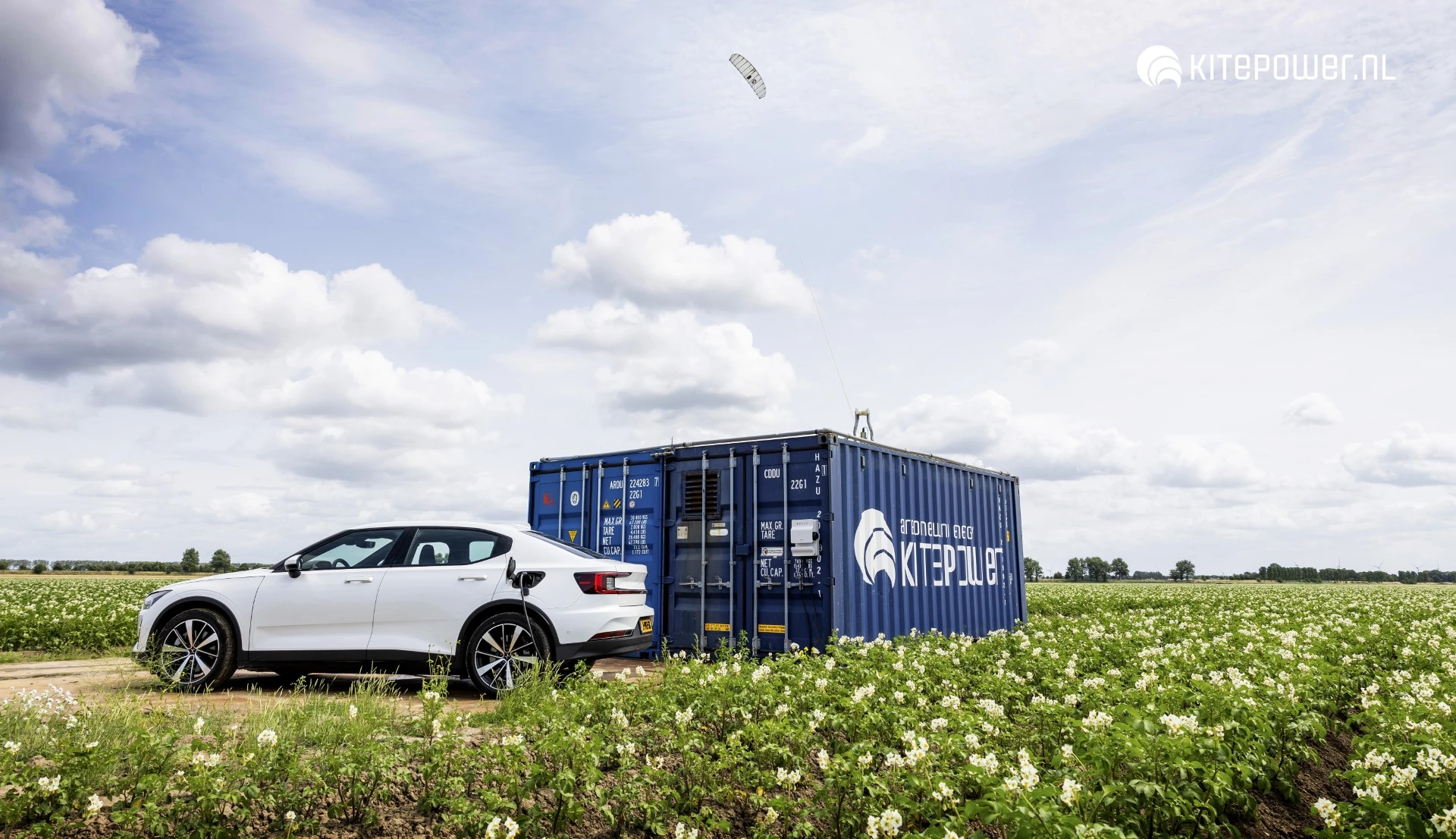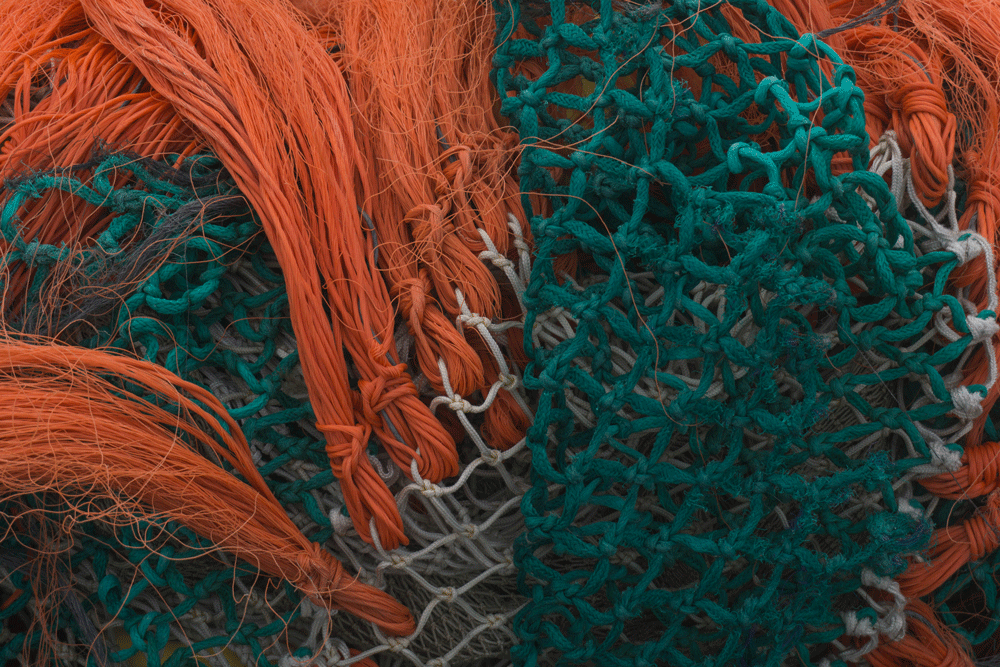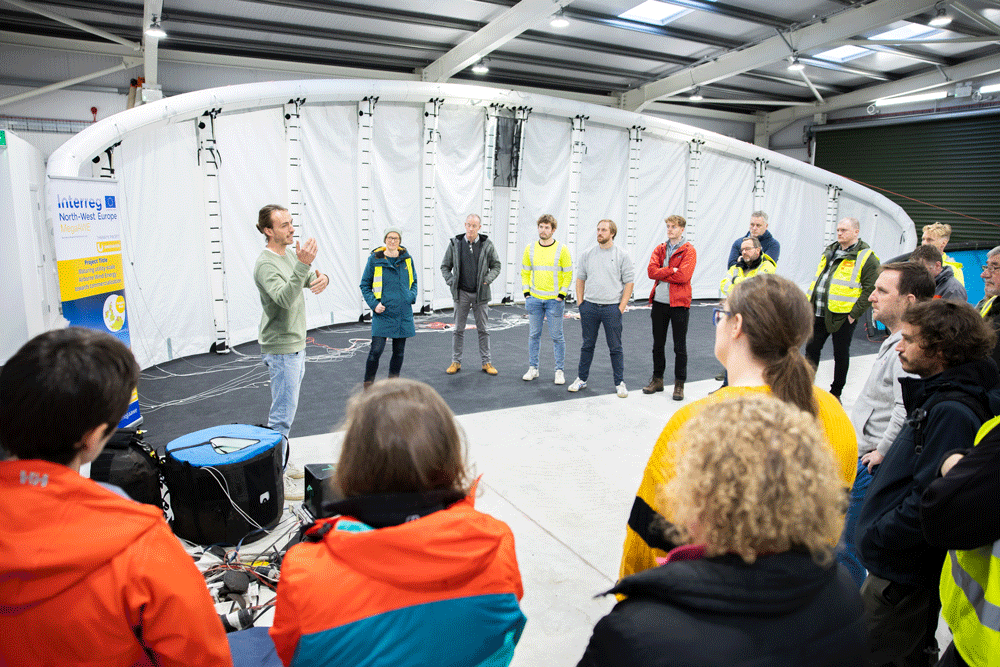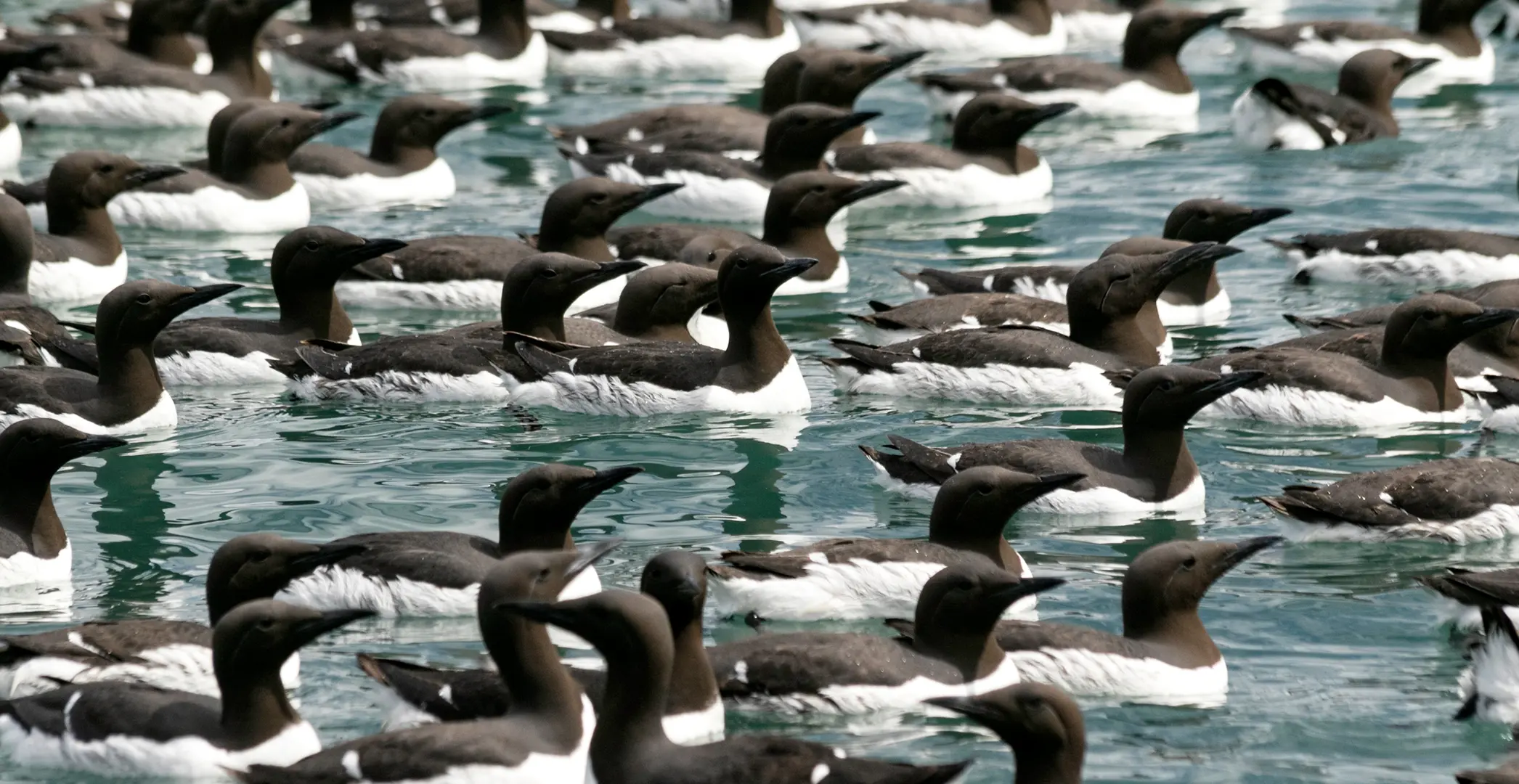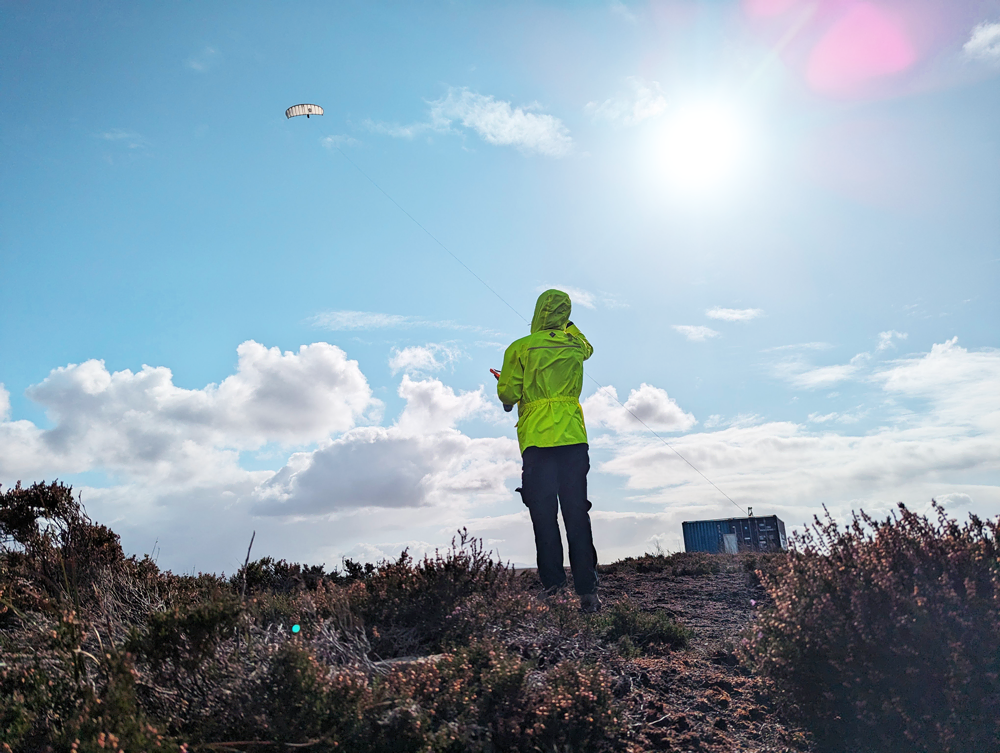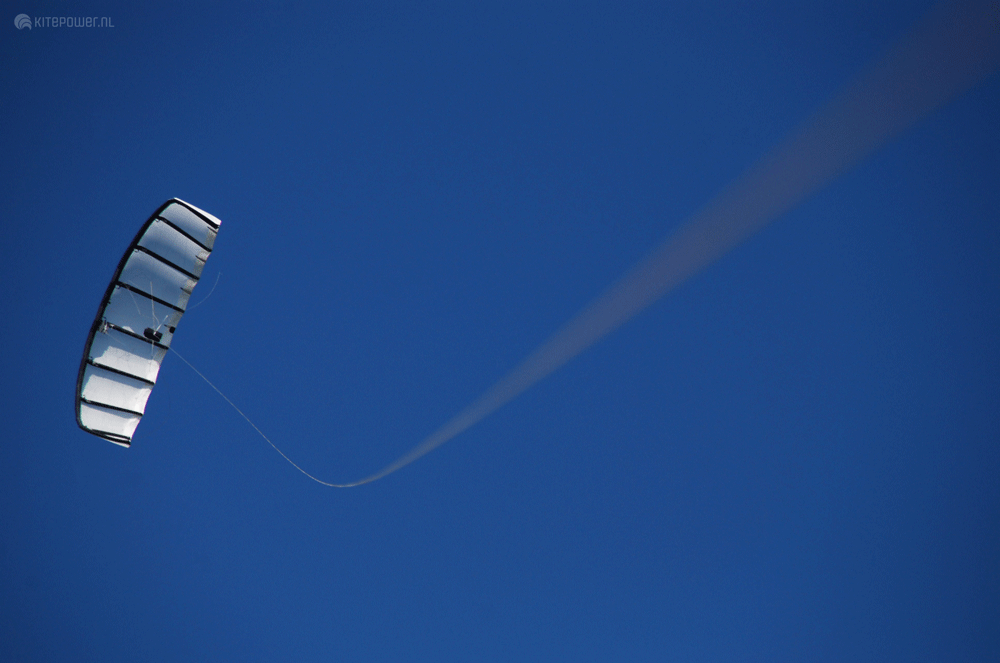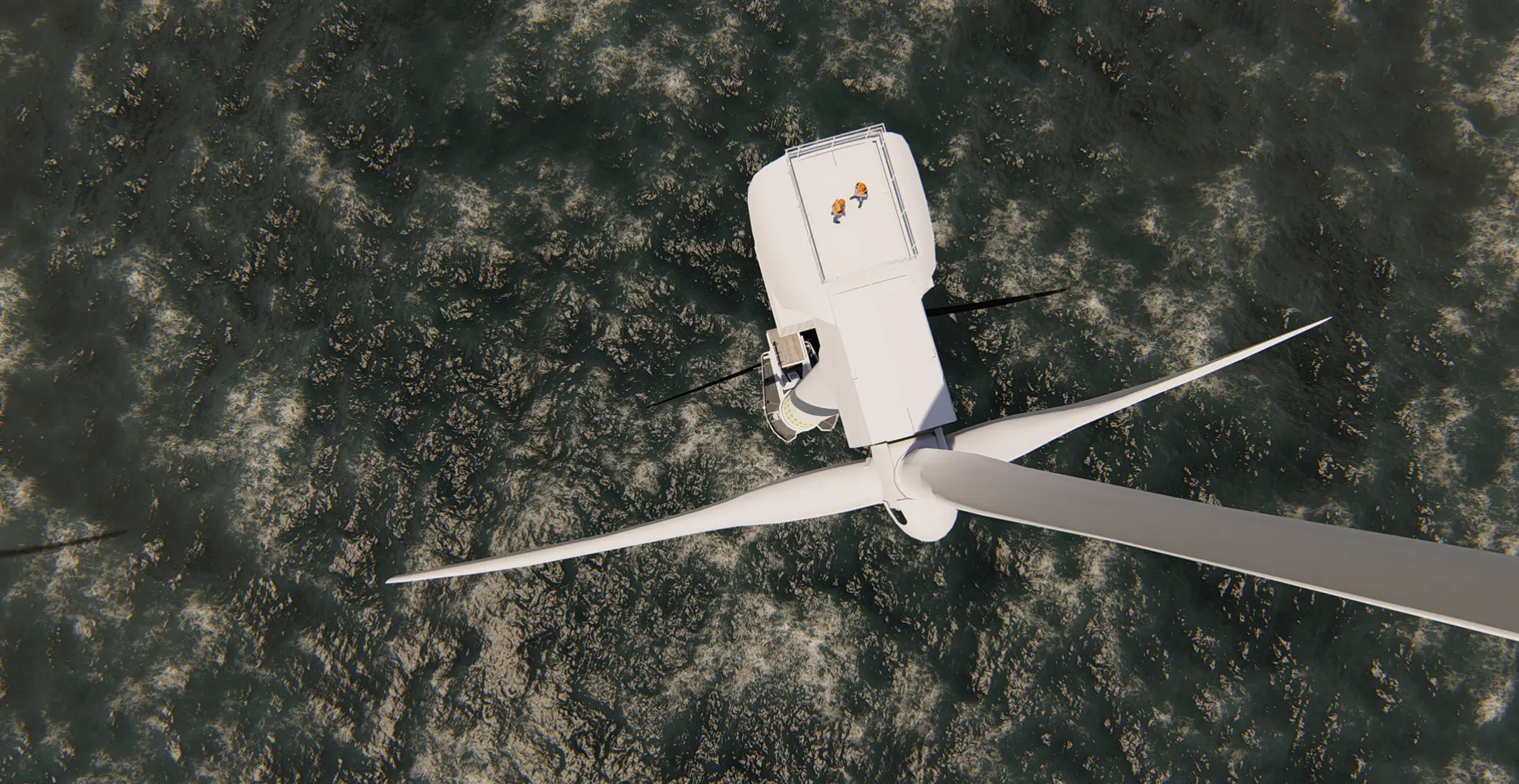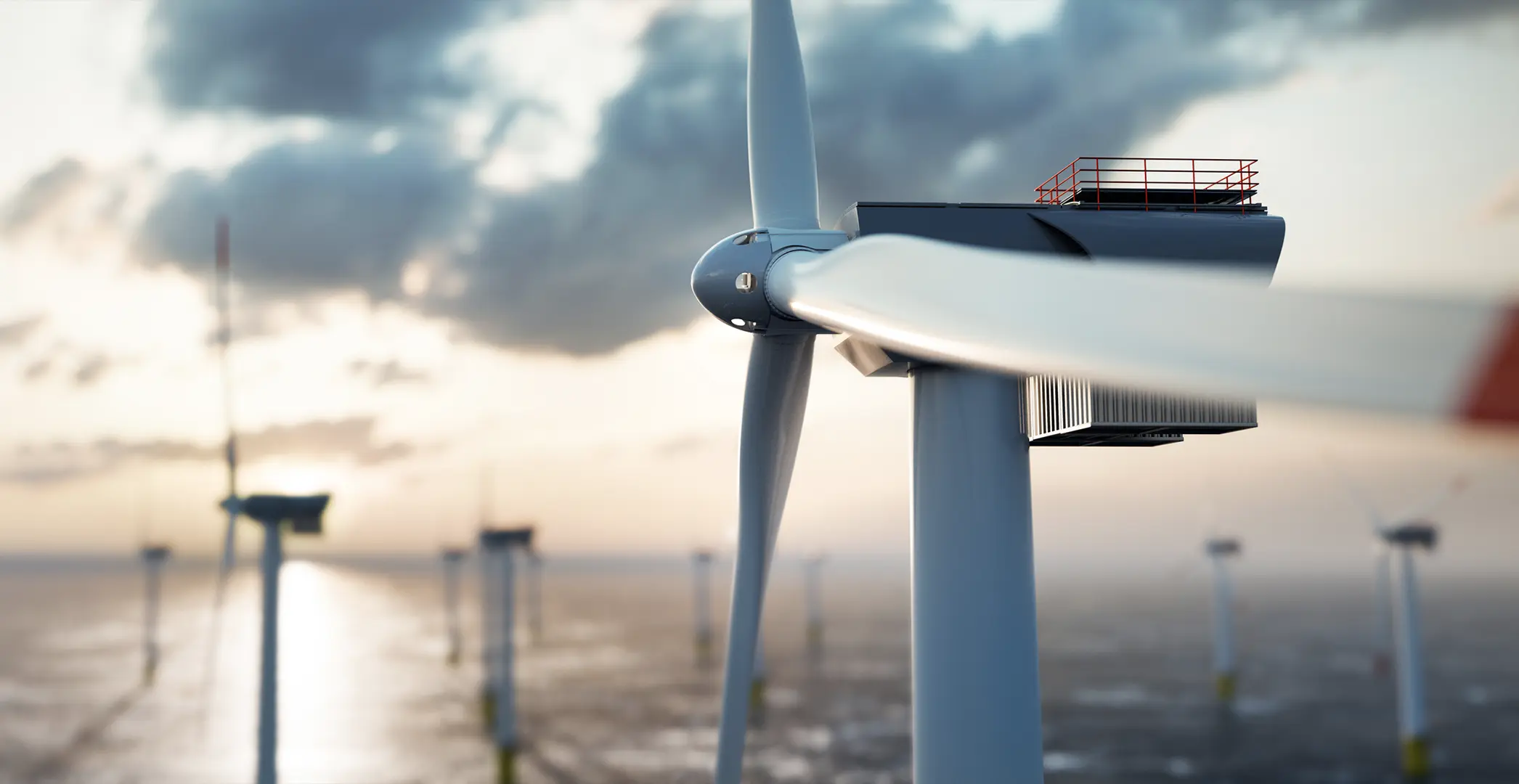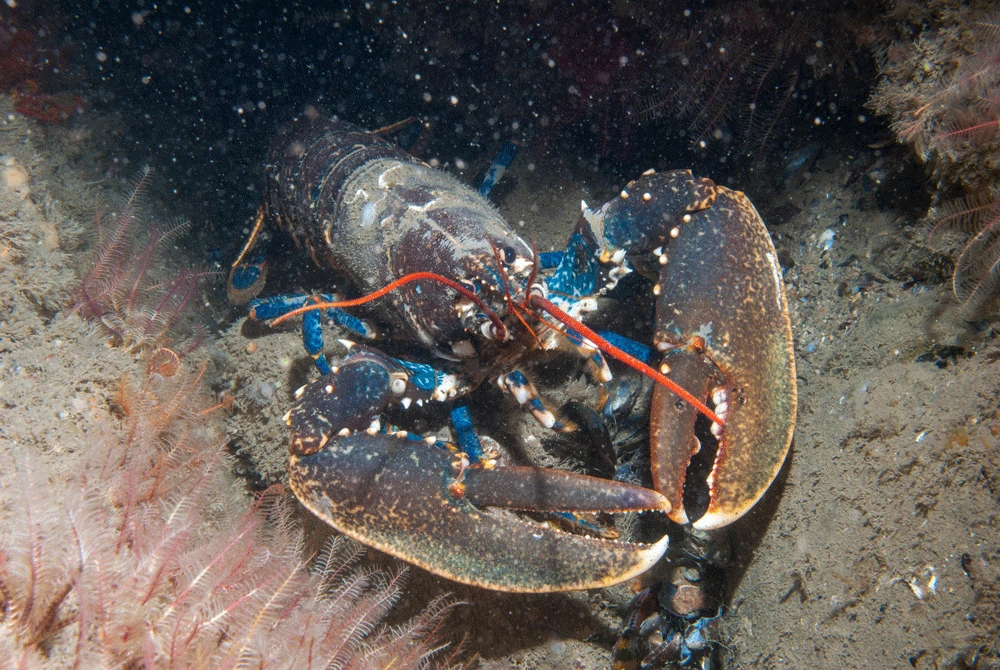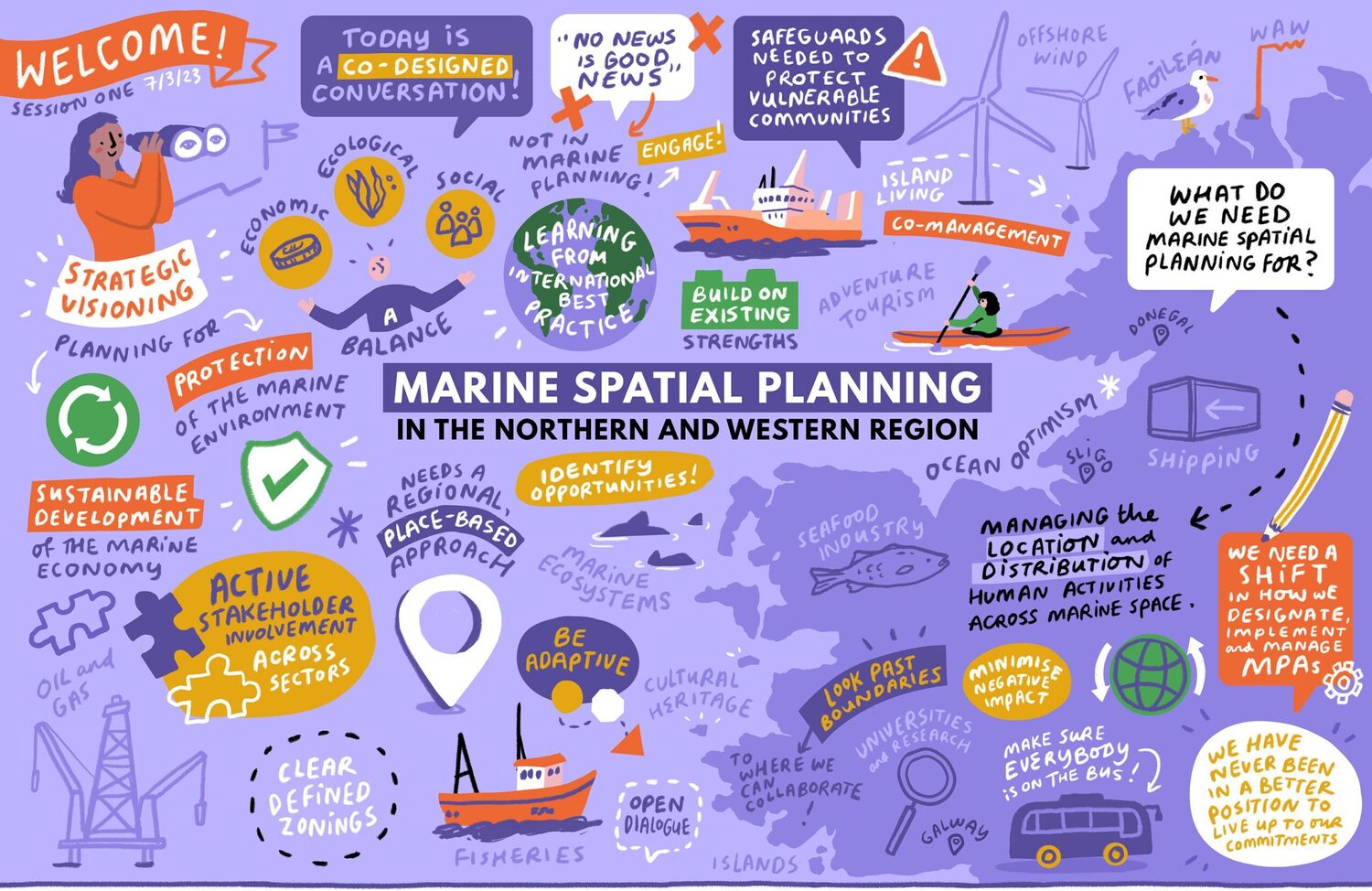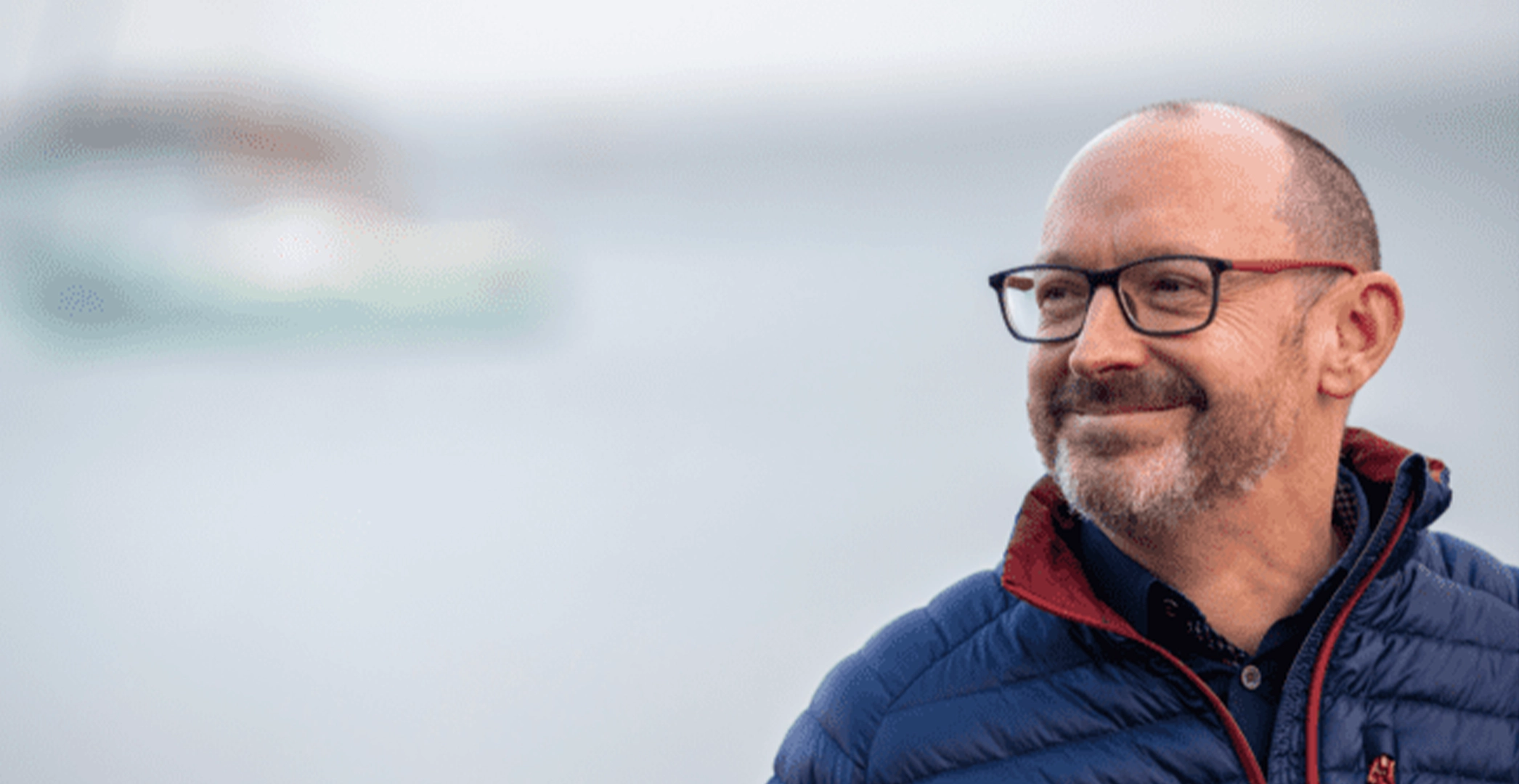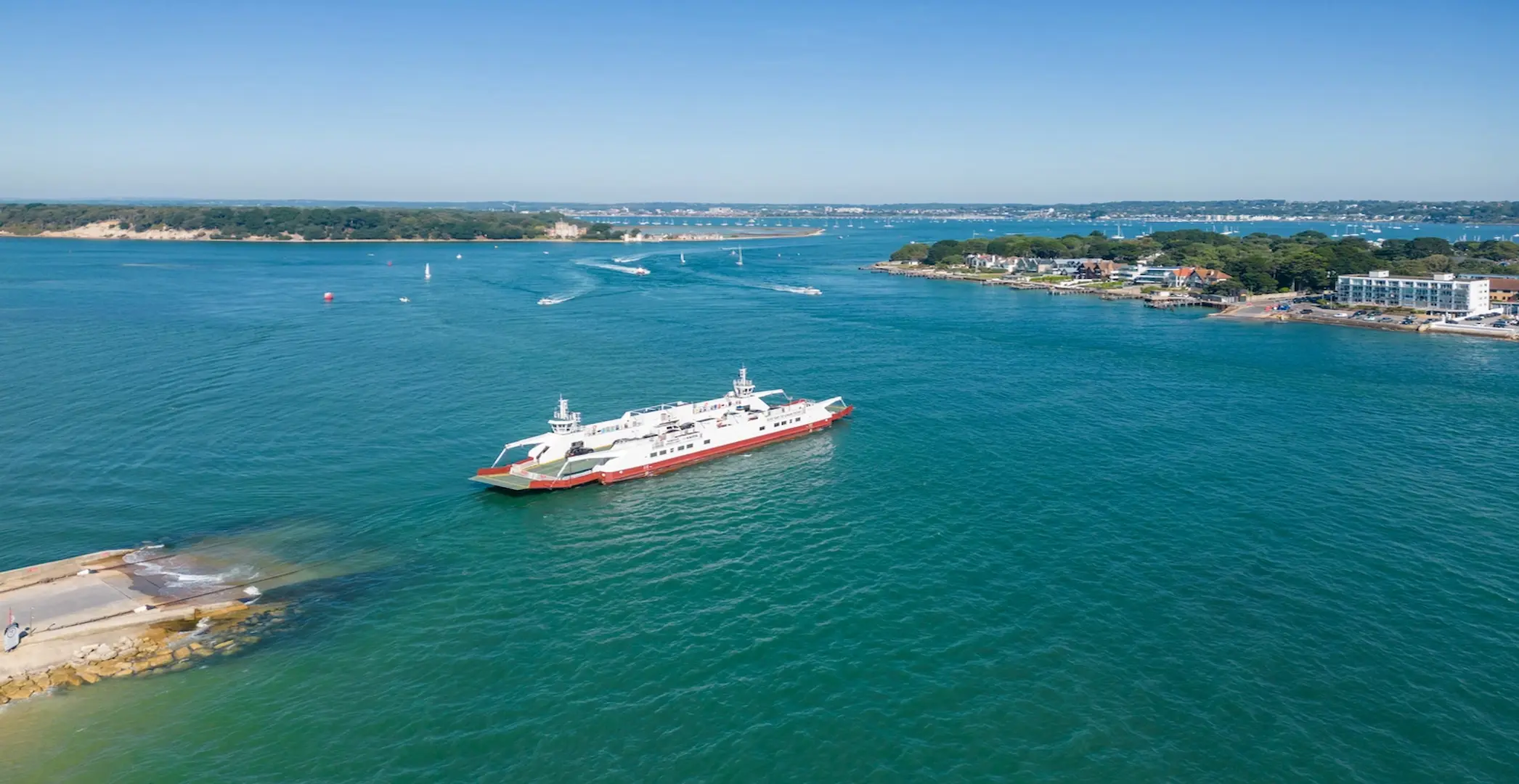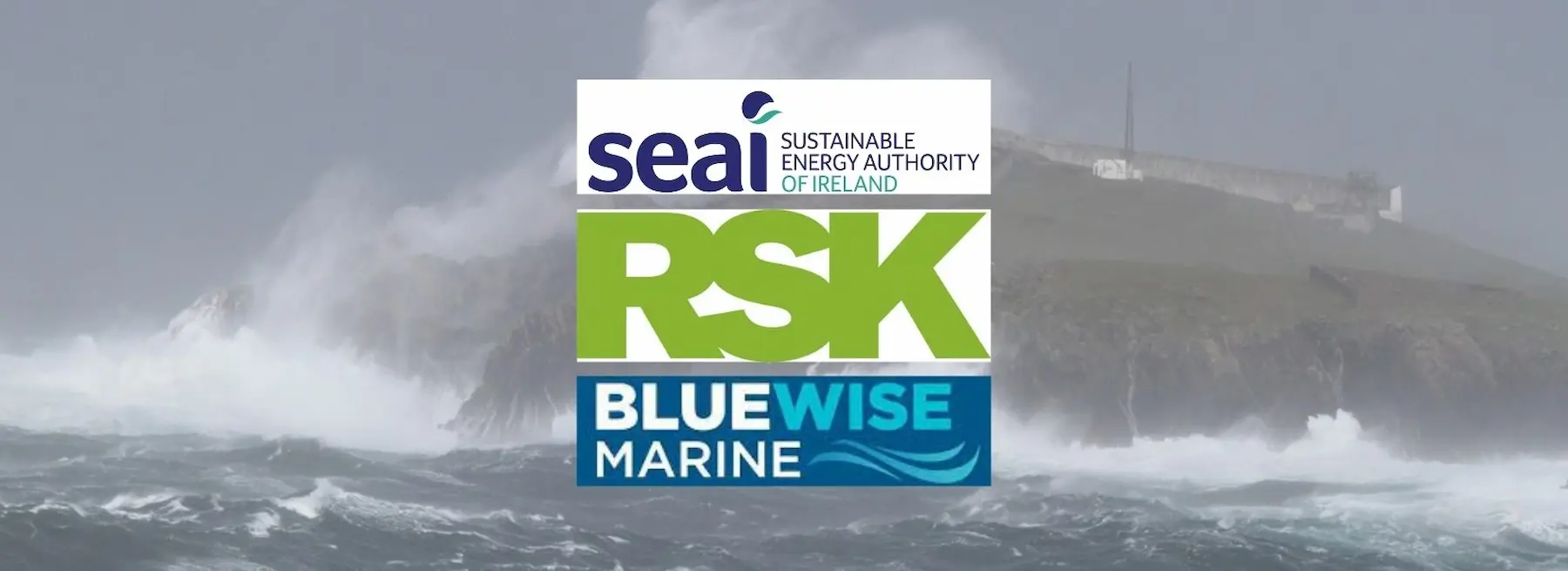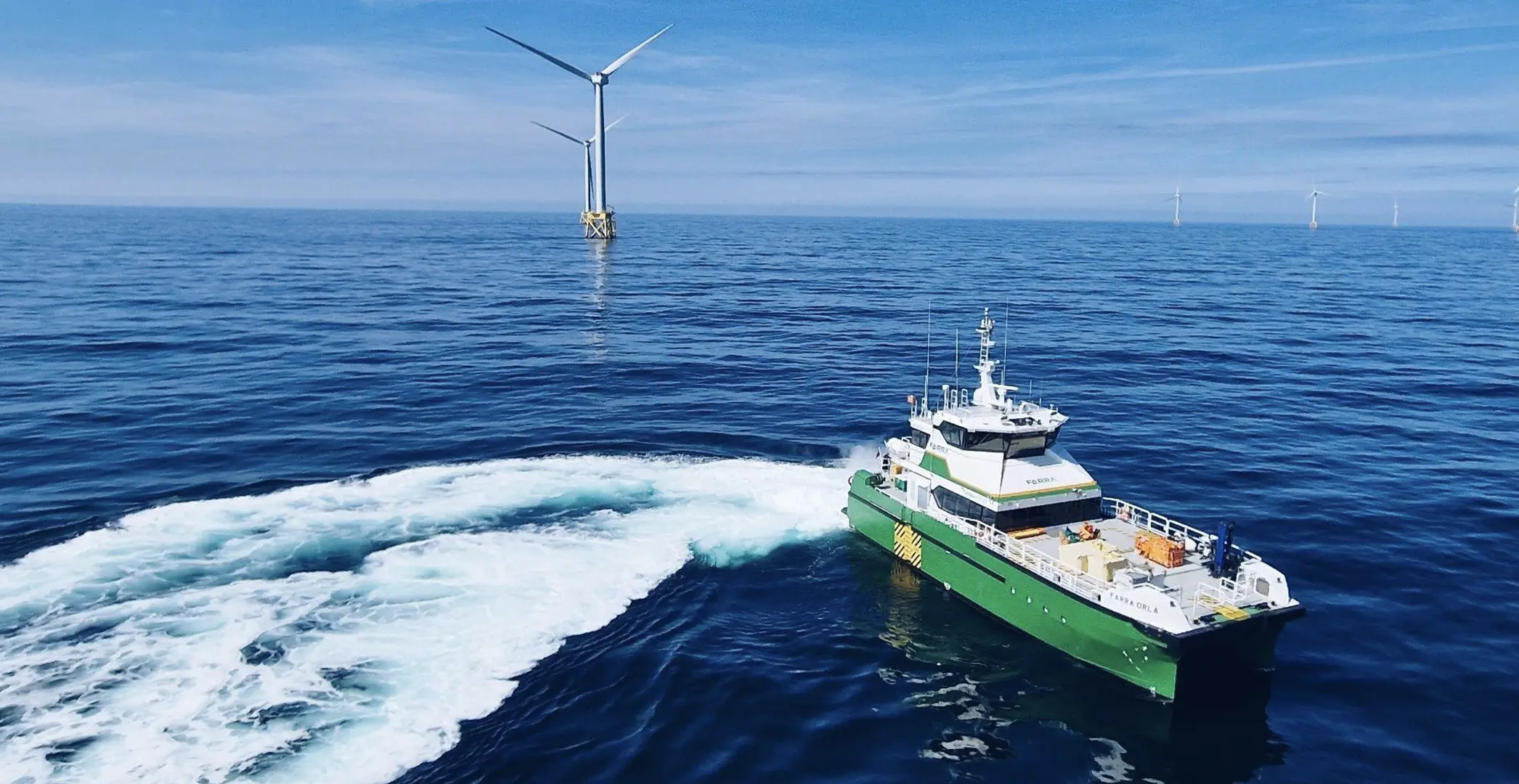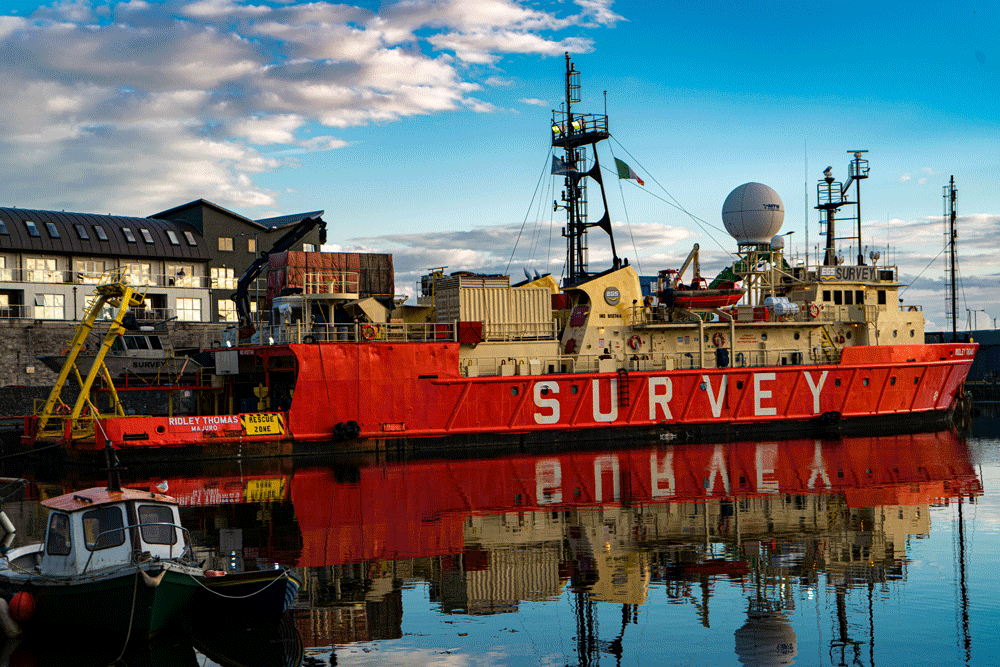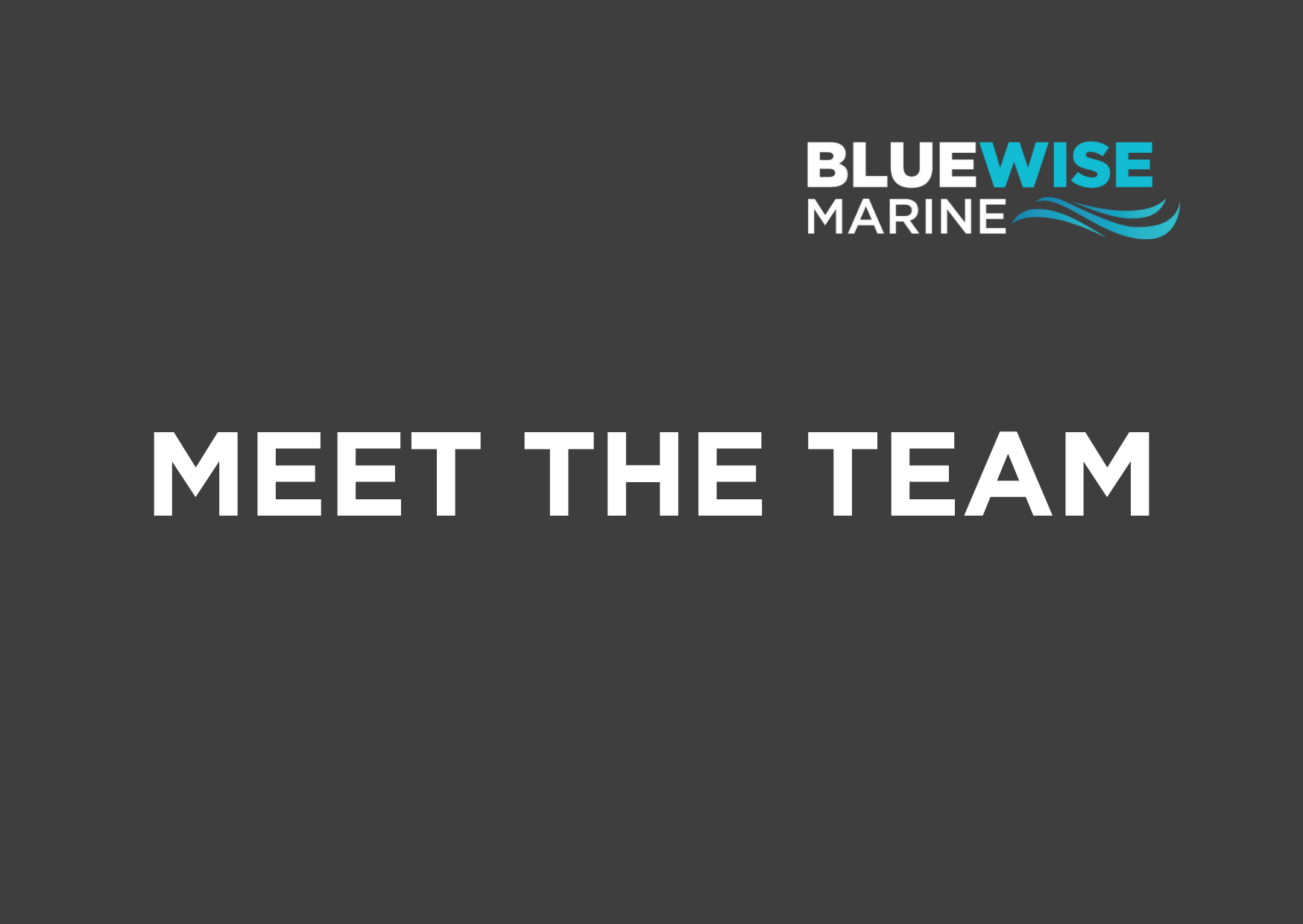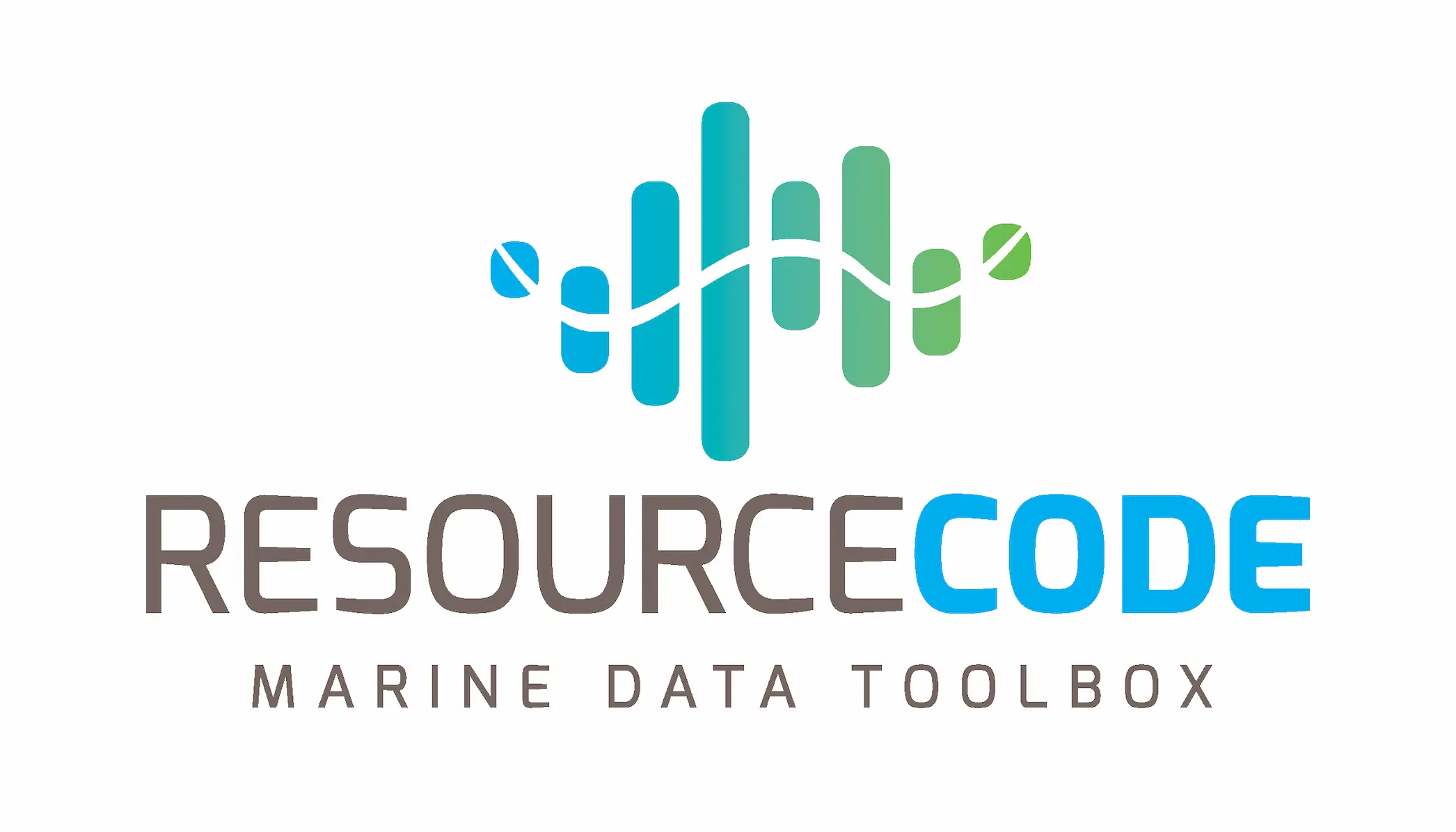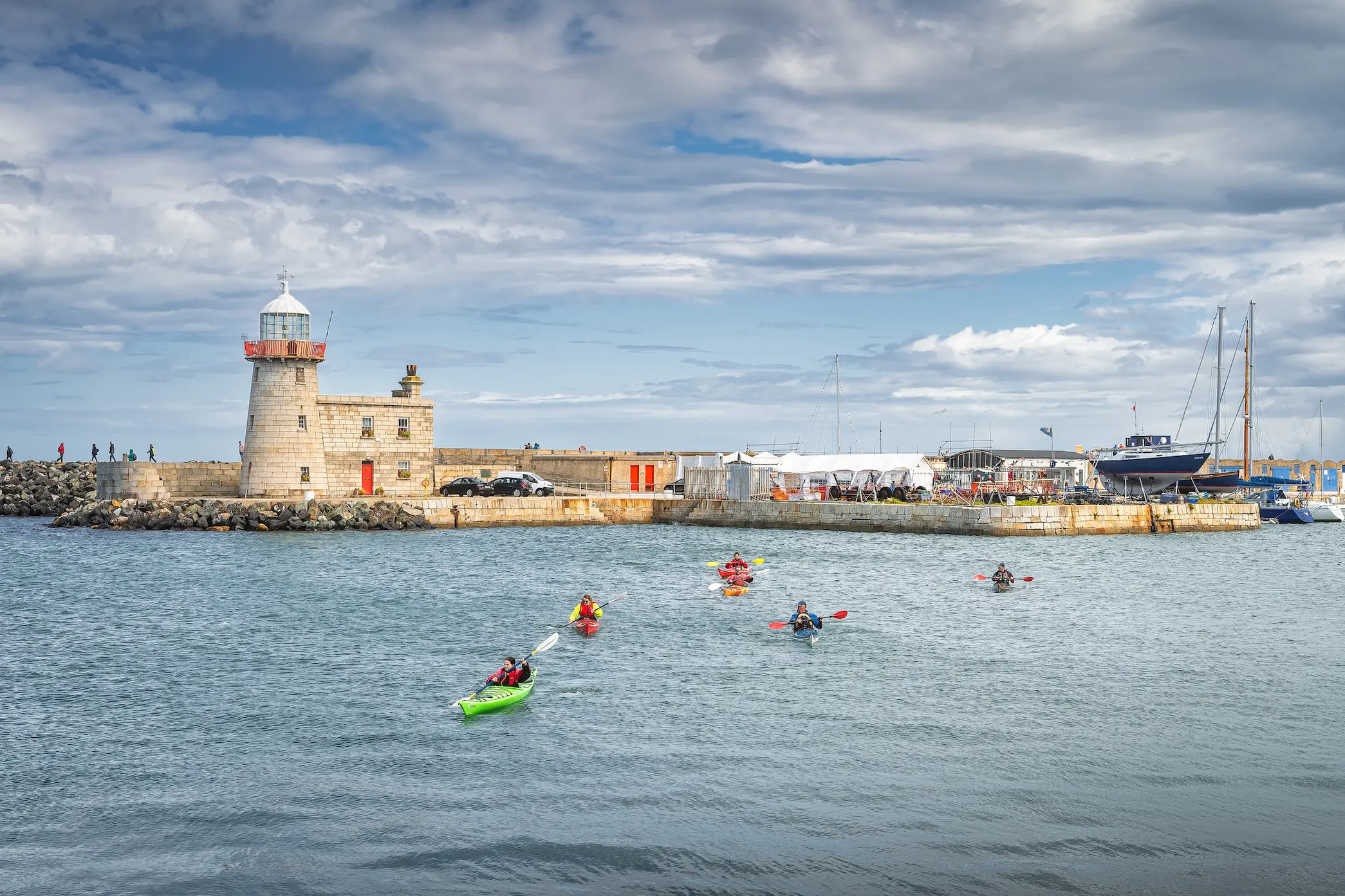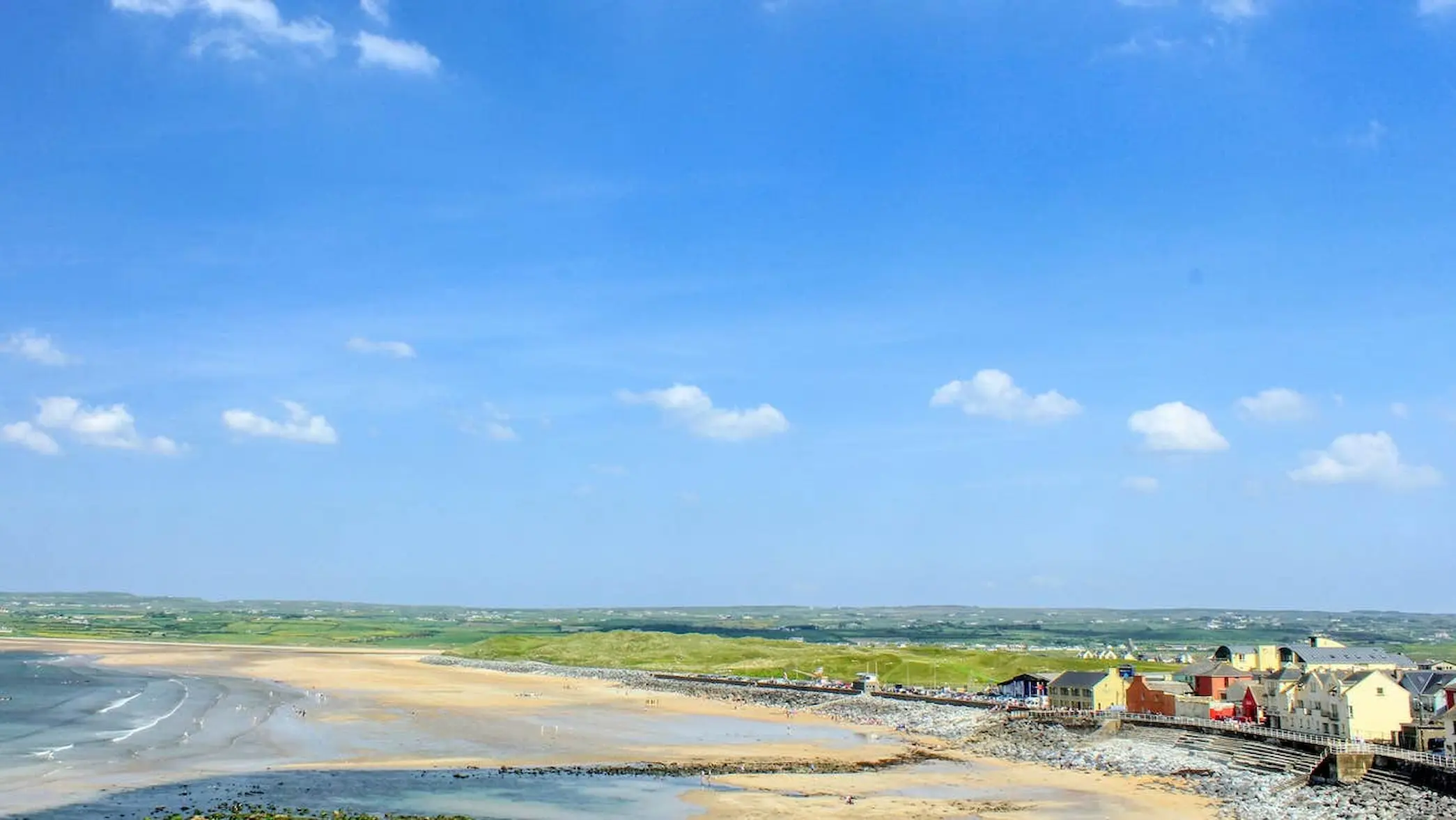Highlights from the 2021 Airborne Wind Energy Conference
Wind turbines are not the only technology available to harness wind power. Airborne Wind Energy (AWE), an emerging renewable energy concept, offers a light low-tech and easy-to-operate electricity generation, particularly suited to remote places on land and offshore. With support from the Interreg North-West Europe Regional Development Fund, BlueWise Marine is working together with Mayo…
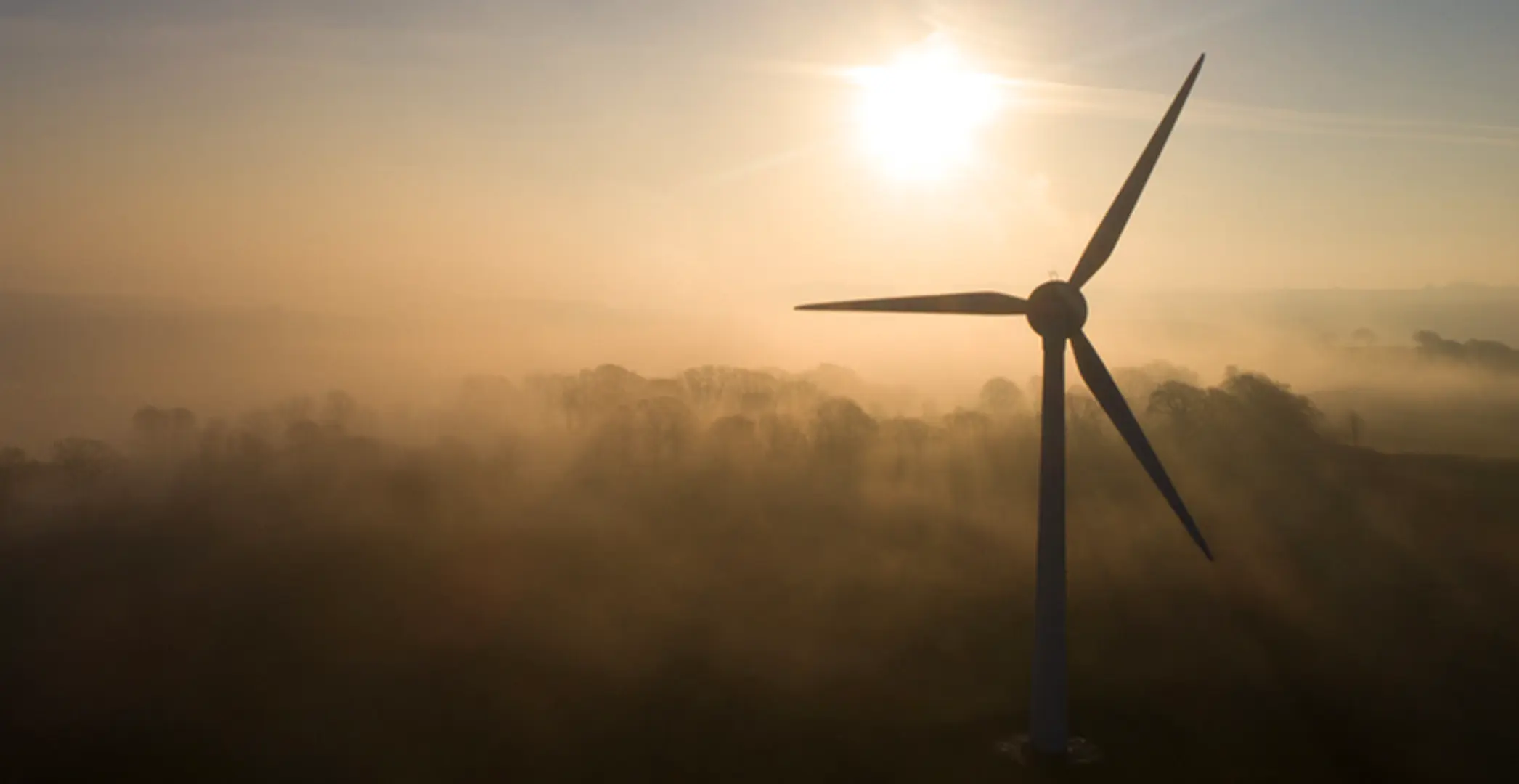

Wind turbines are not the only technology available to harness wind power. Airborne Wind Energy (AWE), an emerging renewable energy concept, offers a light low-tech and easy-to-operate electricity generation, particularly suited to remote places on land and offshore. With support from the Interreg North-West Europe Regional Development Fund, BlueWise Marine is working together with Mayo County Council and other partners on the MegaAWE project to mature this new technology. Recently, our team presented a methodology for AWE site selection at the Airborne Wind Energy Conference (AWEC 2021) in Milan, Italy.
After initially being postponed due to the COVID-19 pandemic, AWEC 2021 finally took place in June 2022. Louise O’Boyle, Senior Project Manager, together with Inés Coca, Environmental Scientist, represented BlueWise Marine at the two-day conference, which saw 171 delegates from 20 countries convene to share their knowledge about this novel technology.
Airborne Wind Energy is a renewable energy concept that is based on a device with flying wings or a sail, similar to a large kite. This device is attached to the ground or an offshore platform by a tether cable. Electricity is generated from this connection, either by small propeller turbines on the wings of the flying device or by unwinding the tether using a wing or kite to drive the generator.

Key take home messages from the event
Over the last decade, various concepts have been developed and tested at small scale, with about 20 Original Equipment Manufacturers (OEMs) engaged in the development of AWE technologies today. Examples of current concepts include Kite Power, Kitenrg, Kitemill, Skysails, Enerkite, Windswept and Interesting, TwingTec, Kitekraft, Aenarete. Some companies have started commercializing their systems, others are planning to go to market in the next few years, many targeting offshore deployments in the future.
Choosing a suitable site to place an AWE energy station can be tricky, challenges include interference with air traffic, acceptance by the local community, accessibility, and availability of reliable high resolution environmental data to inform decision making. During the AWEC 2021 conference Inés Coca presented the Practicalities of Site Selection for an Offshore AWE Demonstration: A Case Study for Ireland.
In her presentation, Coca introduced the methodology that has been developed by BlueWise Marine to find optimum locations to host an AWE device. The approach includes the definition of the selection criteria along with the use of GIS and programming software to help identify possible locations and weight them using multi-criteria decision analysis methods. The approach builds on a previous research by H.Diaz and C.G. Soares and integrates other site selection methodologies. She presented some preliminary results of suitable locations in Irish waters obtained for the “Offshore Airborne Wind Energy demonstrator” as part of a Research Development and Demonstration (RD&D) project funded by SEAI (Sustainable Energy Authority of Ireland).
Speaking about the conference Louise O’Boyle said: “It has been wonderful to meet the vibrant Airborne Wind Energy community. The level of innovation and ingenuity in the room is palpable. We at BlueWise Marine are excited to draw on our experience in R&D of offshore renewables, test site management and communications to support this emerging technology in the months and years ahead.’’
Key take home messages from the conference were the ecological and social benefits this emerging technology may bring for society at a local level. The significantly lower material requirements and simpler installation offer an advantage in terms of ecological effects, compared to other renewable energy sources. AWE technology’s overall higher community acceptance compared to conventional wind renewable energy is noteworthy, however a greater emphasis on ecology and social research going forward is needed.
Additionally, this technology can be combined with other renewable energy infrastructures, making it compatible with applications such as desalination or hydrogen generating facilities. What’s more, it is suitable for remote areas, and like any other renewable technology, will encourage the development of additional markets, such as powering offshore, or off-grid observation stations.
The results of demonstrations and trials conducted to date, for example of launching and landing systems, tether design etc., are incredibly encouraging and indicate the possibility for the deployment of many devices. These examples, together with economic models, indicate promising advantages in terms of system balancing, utilization of higher wind speeds at greater altitude, ease of installation, reduced infrastructure and improved profitability compared to traditional renewable energy sources.
Our work on AWE
Demonstration at scale is an essential step on the path to commercialization with many OEM’s seeking suitable locations to trial their technologies and address critical technical challenges. BlueWise Marine are involved in the MegaAWE Project, which is led by Mayo County Council and is supported by the Interreg North-West Europe Regional Development funding programme.
In May 2021 the project reached a significant milestone when one of the partners RWE, a German energy group, were granted a planning permission to establish a test site to investigate the potential AWE systems from different technology developers, this is the first of it’s kind in Europe.. Located in County Mayo, the construction of the site infrastructure is almost complete with huge interest from the AWE community.
BlueWise Marine supports this project with communications and investigation into AWE offshore applications, including opportunities for offshore trials and market assessment.
We look forward to continuing to work with the vibrant AWE community to help progress this very innovative and promising emerging technology. If you would like to find out more about how BlueWise Marine can support your AWE or ORE projects, please contact Louise O’Boyle.
